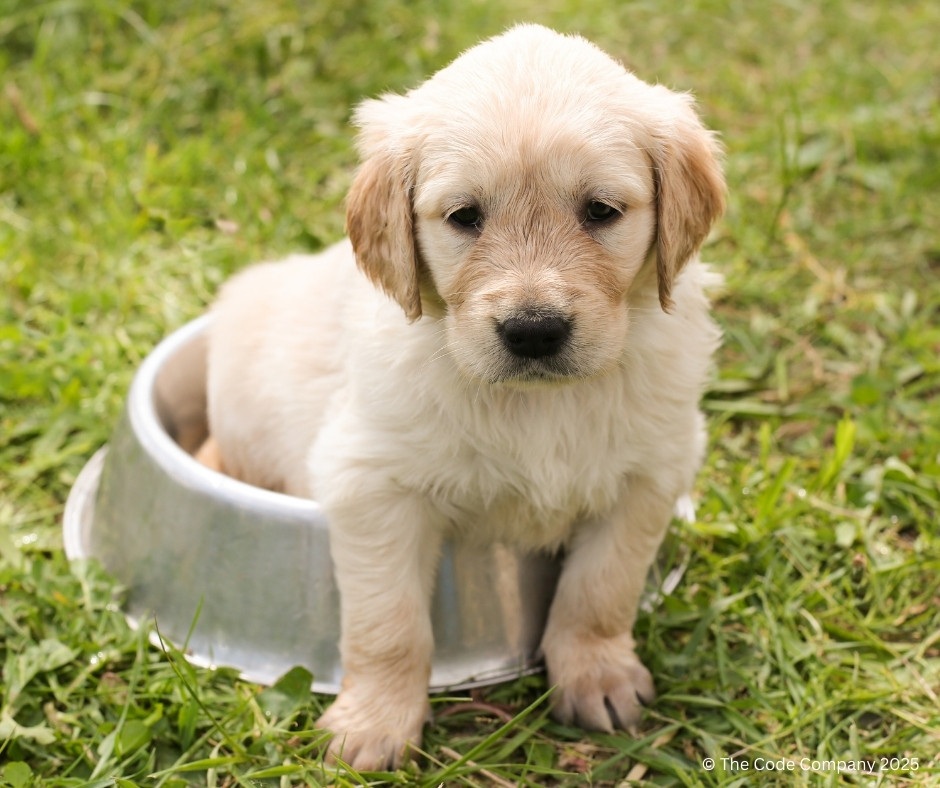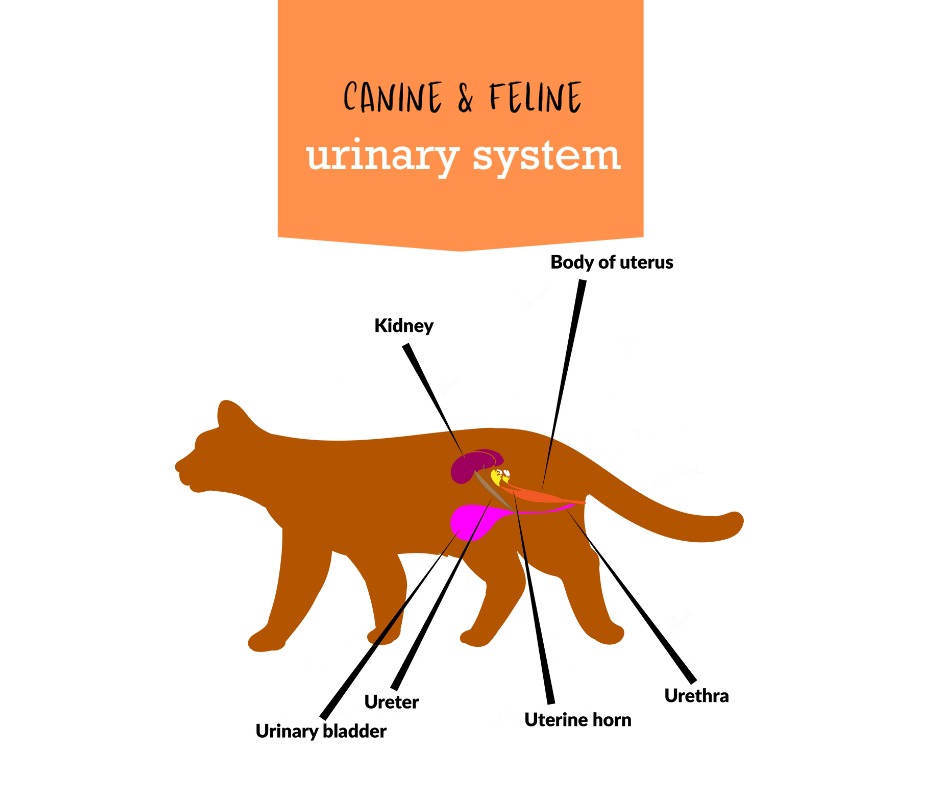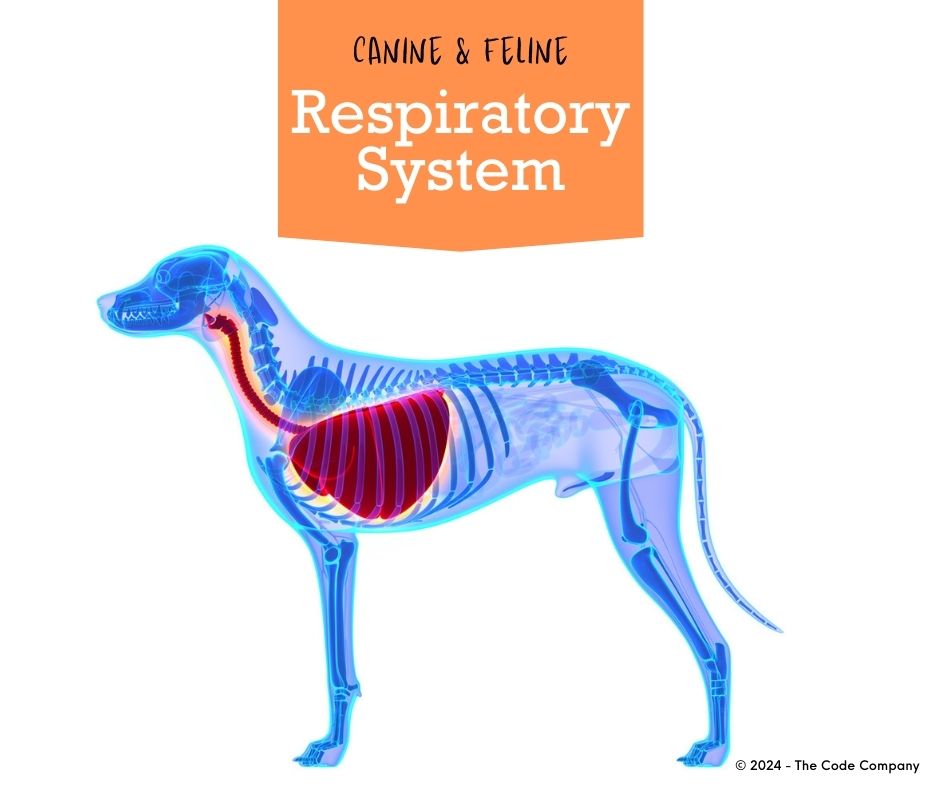How prepared are you for raising a puppy?

The idea of a new puppy may present itself as comprising idyllic, fun-filled days of playtime and puppy breath, but the reality of raising a puppy is very, very different.
There is something irresistible about a new puppy – from its cute appearance to that unmistakable puppy smell; the way it exudes excitement and is a bundle of wagging, licking joy in your presence. The idea of a new puppy may present itself as comprising idyllic, fun-filled days of playtime and puppy breath, but the reality of raising a puppy is very, very different.
The canine and feline urinary system

In this article, we list the organs and functions of the canine and feline urinary system, the disorders that can affect the urinary system, and how the vet diagnoses your pet's urinary health.
The primary function of the canine and feline urinary system is to excrete waste products from the body. Therefore, the health of the urinary system is critical for the health of all of the body’s other systems. Understanding and maintaining your pet’s urinary system is essential to their overall health. In this article, we’ll cover the organs and functions of the urinary system, as well as the common diseases of the urinary system (and their symptoms) and how the vet can diagnose them.
The canine and feline endocrine system

In this article, we list the glands of the endocrine system of dogs and cats, as well as their functions, and what happens when pets develop endocrine disorders.
The endocrine system of dogs and cats is almost identical to that of humans, in structure and function. The endocrine system is made up of a number of glands in the body that secrete hormones to control a range of important functions – from growth and metabolism, to reproduction, blood pressure, mineral balance and homeostasis in the body. Its overall purpose is the regulation and control of various functions to keep the body in balance. The canine or feline body is in a constant state of detecting stimuli (threats, thirst, reproductive opportunity, hunger, temperature, etc.). It is the endocrine system that responds to those external stimuli in ways that keep the body in balance.
The canine and feline immune system

The canine and feline immune system affects each and every system and cell in their body. It is a barrier of detection and elimination that stands narrowly between the healthy cells of the body and invading organisms like viruses, bacteria, parasites, can
The immune system of dogs and cats
The canine and feline immune system affects each and every system and cell in their body. It is a barrier of detection and elimination that stands narrowly between the healthy cells of the body and invading organisms like viruses, bacteria, parasites, cancer cells, pollen or food molecules. The immune system is the body’s defence against illness, disease, infection and allergies, and it has a few mechanisms of protection against pathogens that may attack a healthy animal.
Canine and feline male reproductive system

In this article, we list the organs and functions of the male reproductive system in dogs and cats, the disorders that can affect the reproductive organs
In our previous article on the female reproductive system of dogs and cats, we showed how a complex system of reproductive organs and hormones work together to facilitate fertilisation, gestation and birth. The male reproductive system in dogs and tomcats also consists of a variety of organs and hormones that work together to facilitate fertilisation and to ensure the perpetuation of the species. It influences many of the males’ behaviours, making a good case for neutering when owners of male dogs and cats do not intend to breed with their pets.
Canine and feline female reproductive system

In this article, we explain the components and functions of the female reproductive system, the disorders that can affect reproductive organs, and how the vet treats the reproductive health of female dogs and cats.
Dogs and cats are placental mammals that carry their foetuses in the uterus to full term, giving birth to a litter of live offspring that are almost fully developed. Offspring are initially fed on milk secreted by the bitch or queen’s mammary glands, with puppies and kittens suckling on the five or four pairs of teats, respectively.
Canine and feline musculoskeletal system

In this article, we'll explore the components of the musculoskeletal system, its various functions, and what happens when things go wrong. We'll also give you some tips on how to protect and your pet's musculoskeletal system from young to old.
The musculoskeletal system of dogs and cats is a complex, multi-part, multi-functioning system that gives animals their shape, size, health, flexibility and speed. It can be fed and protected to turn a dog or cat into a biological machine… or it can become painfully dysfunctional, affecting their health and quality of life.
The canine and feline lymphatic system

In this article, we’ll explore what the lymphatic system does, the organs of the lymphatic system and where they are located, and what happens when there is a malfunction or disorder in the lymphatic system or any of the lymphatic organs.
The lymphatic system is one of the lesser talked-about, but equally important systems in your pet’s body. It works alongside the circulatory function of the cardiovascular system, the elimination function of the digestive system and the defence function of the immune system. There are several important organs in your pet’s body that make up the lymphatic system and its network of vessels, ducts, lymphatic fluid, lymphocytes and lymph nodes.
The canine and feline cardiovascular system

In this article, we'll explore the organs of the cardiovascular system, its function and how it works, as well as problems that arise in the cardiovascular system and how they affect our pets.
The cardiovascular system comprises the heart (cardio) and veins (vascular) that pump and transport oxygenated and deoxygenated blood throughout the body. While the respiratory system is responsible for bringing oxygen into- and carrying carbon dioxide out of the blood, it’s the heart and veins that circulate the oxygen throughout the body. Just like humans, dogs’ and cats’ cardiovascular system performs the same function, is also controlled by the autonomic nervous system and is also susceptible to disorder and disease.
The respiratory system of dogs and cats

Breathing is an essential function of life, but it is just one function of the respiratory system in our pets. The respiratory system brings air into your dog or cat’s body, humidifies that life-giving air, heats it up and filters it, and then uses the
Breathing is an essential function of life, but it is just one function of the respiratory system in our pets. The respiratory system brings air into your dog or cat’s body, humidifies that life-giving air, heats it up and filters it, and then uses the components of that air to energise cells and balance the body’s pH levels. It then removes the resultant waste products. All of this is done involuntarily – your pet doesn’t have to think about breathing; it just happens.





